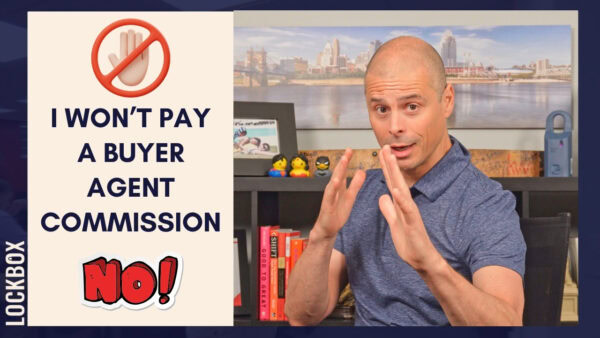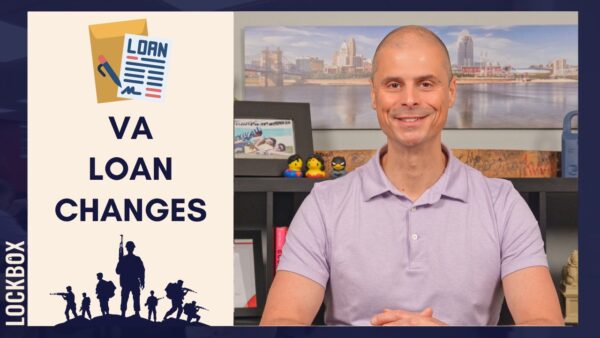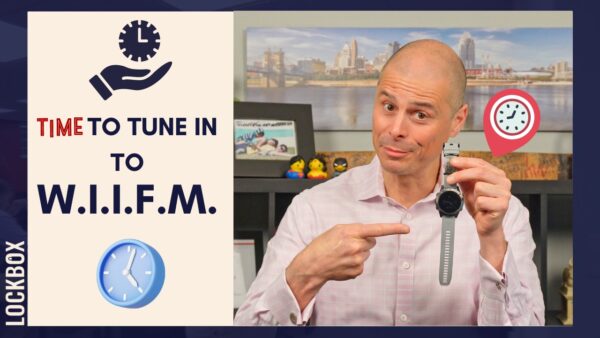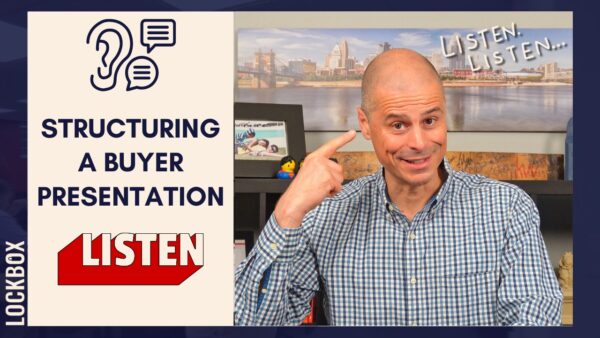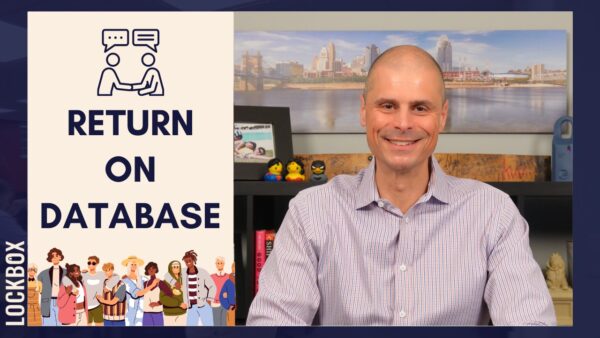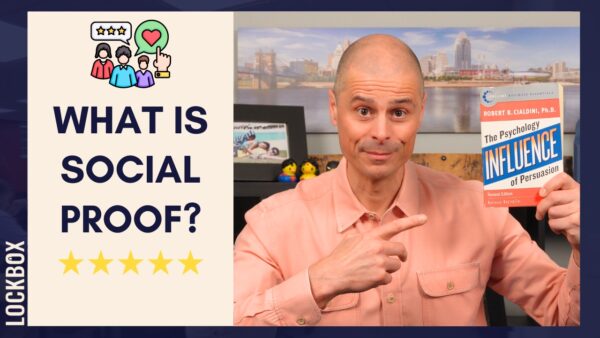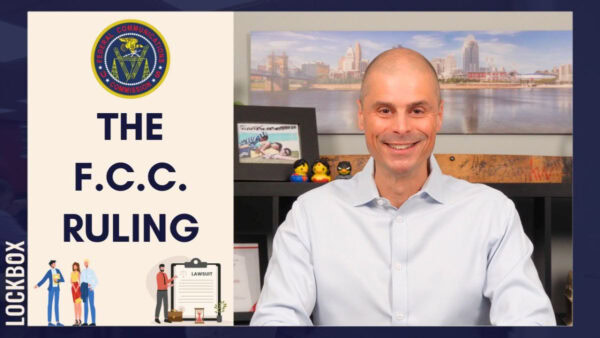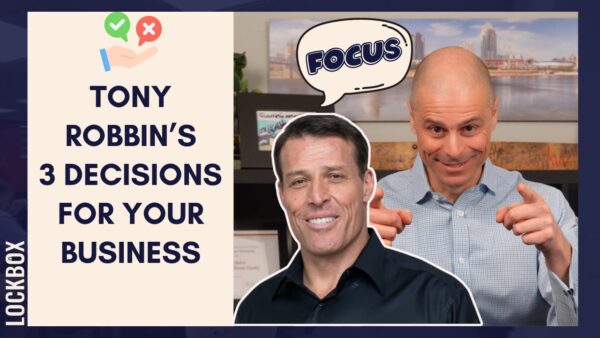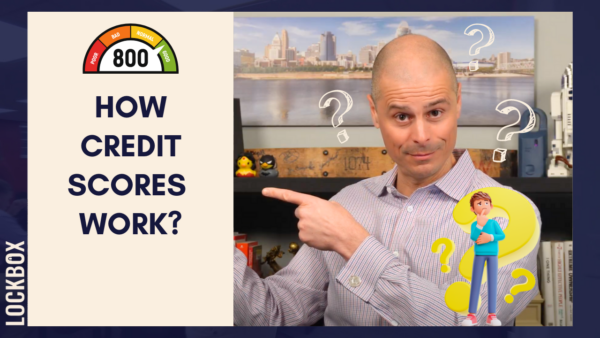Stop Saying This!!! Use This Format Instead…

Hey there, Realtors! Thanks for reading another blog post from Lockbox, where we provide lessons in leads, listings, and leadership for Realtors. Today, I’ve got a hard truth to share with you:
Stop saying, “I’d love to be your Realtor!”
Why?
The cold truth is this: your prospects don’t care if you want to be their Realtor. It might be harsh, but it’s a fact. The only person who cares about you being their Realtor is you. But remember, this profession isn’t about us; it’s about the client. To improve our conversion rates with new clients, we need to strip this phrase from our professional vocabulary.
But, don’t worry! I’m not just going to tell you to stop saying something without giving you a better alternative. Enter: The “Their What > Their Why > Your How” technique. This technique refocuses your thinking and your approach. It makes the conversation and your role about the client rather than yourself. You will demonstrate that you are listening, that you care, and that you can help solve their problem.
The “Their What > Their Why > Your How” Format:
- **Their What**: Understand and restate what your clients want in their next home. This demonstrates that you are listening to them, showing respect for their needs.
- **Their Why**: Identify the ‘why’ (usually a pain point or a personal value/belief) that makes their ‘What’ important to them. This empathetic approach shows that you care about their underlying motivations and concerns.
- **Your How**: Explain how you can help solve for Their Why by getting them Their What. This is where your skills and expertise shine, by offering solutions to meet their needs.
Let’s look at an example of how this technique works in practice:
Imagine you’re at an open house, and you meet Mr. and Mrs. Buyer. They’ve toured the house, but it’s not quite right for them. Through your conversation, you’ve identified their “What”: a house in the Lakota school district with a fenced-in backyard and an updated, open-concept kitchen. You have also identified their “Why”: Their children are musicians (they need a school district with a robust music department), they have a dog (and don’t want to walk it in the rain), and they love to entertain guests (they plan to build a new network of friends by entertaining since they are from out of town).
Here’s how the conversation might flow:
“Mr. and Mrs. Buyer, it’s been great meeting you. I understand this house wasn’t the right fit. If I’m hearing you right, you’re looking for a home in the Lakota district because of its strong public school music program for your kids, a fenced-in backyard for your dog so you don’t have to walk it in the rain, and an open-concept kitchen for your love of entertaining. This will help you build a network as you start a new life here in Cincinnati. I can definitely help you with that…”
You then explain your unique solutions: for example, it may be your access to off-market listings, and your ability to swiftly view and share potential houses via video calls. After this, you ‘close’ for a consultation appointment. My favorite way to do this is with an alternate close where you offer them choices for the next steps. That would sound something like: “What’s a better time for us to look at some homes – evenings or weekends?”
By following the “Their What > Their Why > Your How” format, you demonstrate that you’re listening, that you care, and that you can help solve their problems. This is far more valuable and compelling to your prospect. In this scenario, they want you to be their Realtor!
Move from ‘me’ language to “you” language.
So there it is. By replacing “I’d love to be your Realtor!” with the “Their What > Their Why > Your How” format, you can elevate both your professionalism and your conversion rates.
The best way to start developing this format is by practicing it a few times with some peers. Once you feel comfortable with the structure, start incorporating this technique into your conversations with prospective clients. Trust me, you’ll notice the difference.
I’ll be back next week with another lesson in leads, listings, and leadership!

